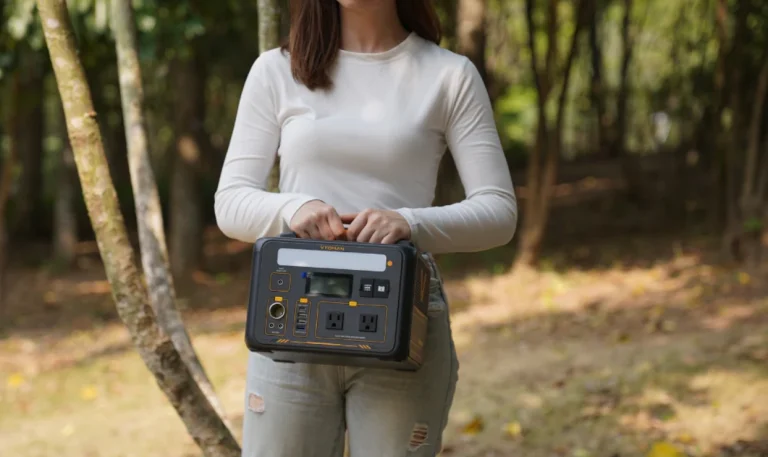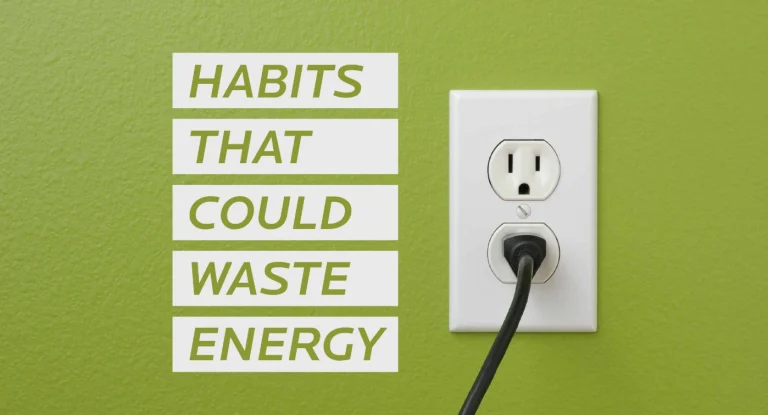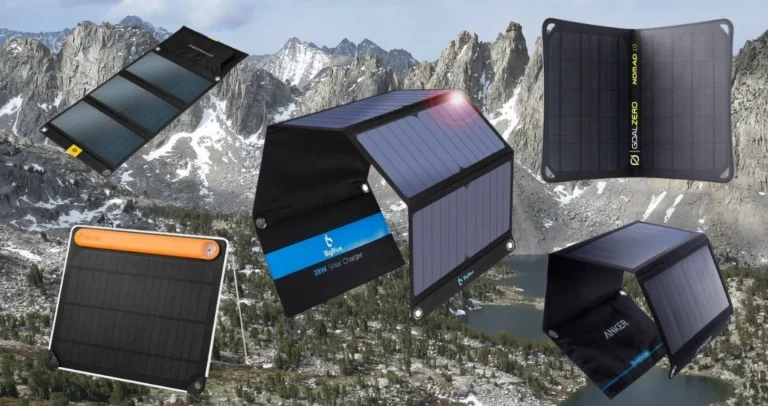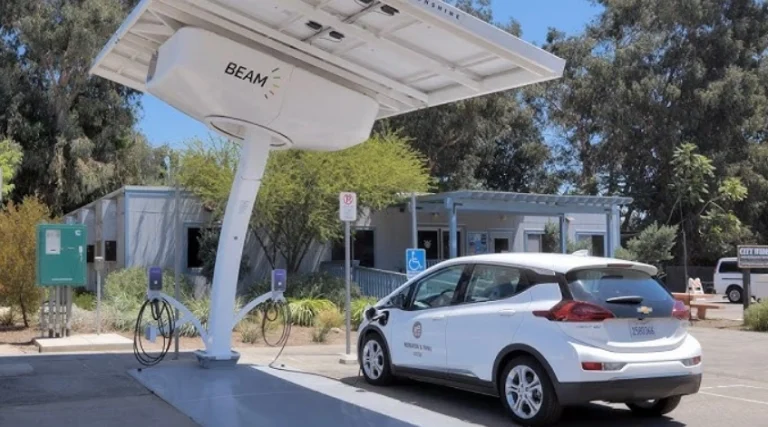Best High-Wattage Solar Panels for Efficient Home Offices
Picture this: You’re deep into a video call from your home office, deadlines looming, when the power flickers out. No grid backup. Just silence. Now imagine seamless energy from the sun, keeping your setup humming through peak hours. High-wattage solar panels make that reality. In 2025, these powerhouses—delivering 400W or more per unit—slash office energy costs by up to 50% for remote pros. They offset high-draw gear like dual monitors, docks, and printers without a hitch.
Why focus here? Home offices guzzle 20-30% more juice than average rooms, per recent U.S. DOE stats. High-wattage panels counter that with dense output. A single 450W unit can cover a full day’s laptop and lighting load in sunny spots like California or Texas. Benefits hit hard: Drop monthly bills from $150 to under $75. Gain independence from rising utility rates—up 8% nationwide this year. Plus, quiet operation means no humming generators during calls.
These aren’t rooftop giants for whole homes. Tailored for offices, they pair with micro-inverters for easy scaling. Efficiency tops 22%, converting more rays to watts. For users in shaded suburbs or cloudy Midwest, bifacial designs grab reflected light, boosting yield 10-15%. But timing matters. Ideal if your office faces south and you work 8+ hours daily. Skip if urban high-rises block sun—portables might suit better.
We scoured 2025 reviews from EnergySage and SolarReviews for five standouts. Each excels in durability, warranty, and office-specific perks like rapid ROI. Transitioning smoothly, let’s explore why these panels transform setups from energy drains to assets.
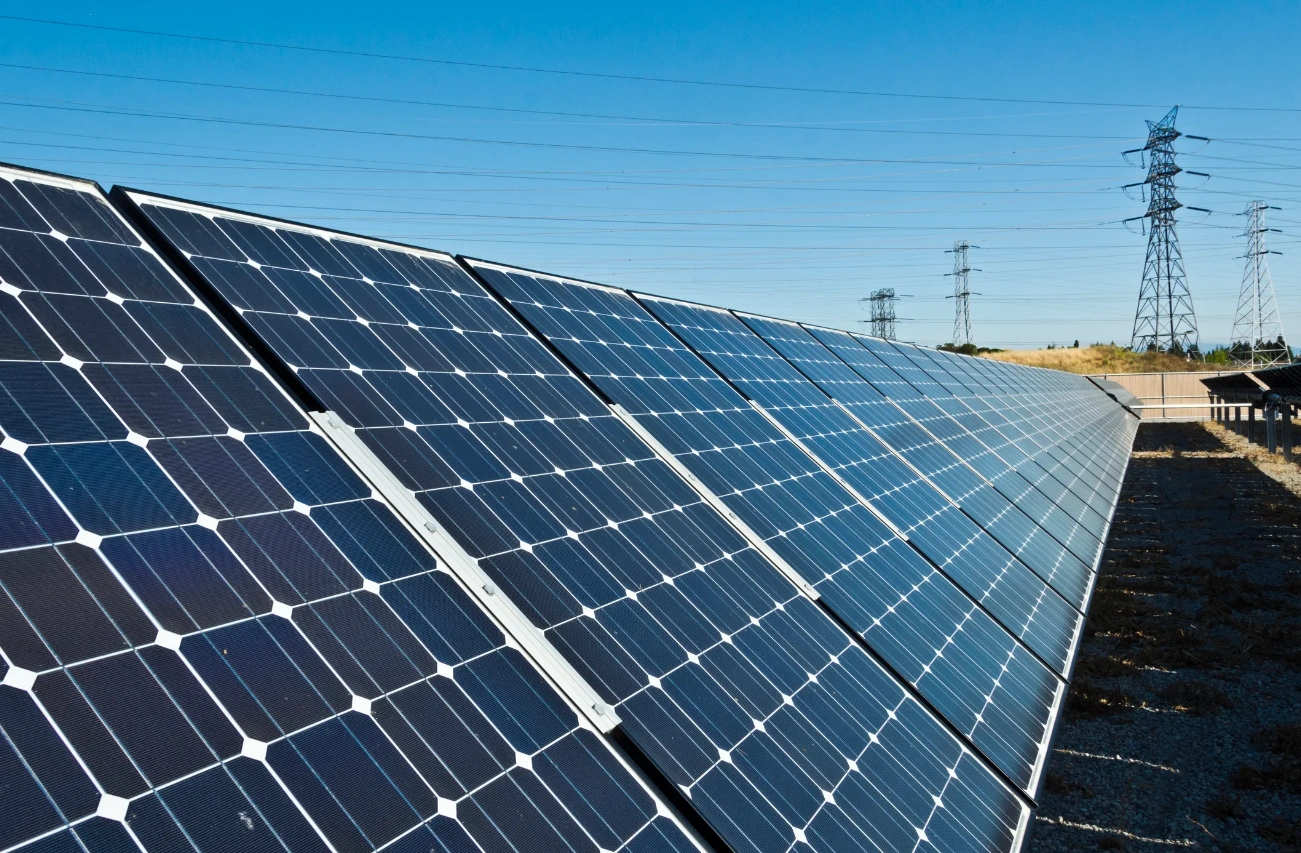
Why Go Big on Wattage? Powering Modern Home Offices Without Compromise
Remote work exploded post-2020, but so did energy demands. High-wattage solar panels address that head-on. They pack 400-550W per panel, enough for a 10×10 office’s needs—think 500-800Wh daily from one unit in full sun. This setup cuts reliance on fossil-fueled grids, easing blackouts like those in Texas winters.
Take a typical scenario. A graphic designer in Florida runs Adobe suites on a high-end PC. Grid power? $200 monthly spikes. Switch to a 450W array: Payback in 4-5 years via 30% federal ITC—still active till December 31, 2025. Beyond savings, resilience shines. During storms, panels feed batteries, keeping Zoom alive when neighbors go dark.
Efficiency edges matter too. 2025 models hit 22-24% conversion, outpacing 2020’s 18%. Monocrystalline cells dominate, slim profiles fitting sloped roofs without bulk. For offices, low-light performance counts—many retain 90% output on overcast days.
Yet, suitability varies. Perfect for sun-bathed homes with 200+ sunny days yearly. In rainy Seattle? Pair with storage for consistency. Maintenance stays simple: Quarterly rinses keep yields high. Users report 25% productivity boosts from worry-free power. Moreover, eco-gains: Offset 1 ton CO2 yearly per panel, aligning with corporate green mandates.
As we dive deeper, these advantages translate to real picks that balance cost and clout.
Standout Selections: High-Wattage Panels Built for Office Efficiency
Selecting the right panel means matching output to your workflow. We prioritized 400W+ models with strong warranties and office-friendly installs. Based on 2025 field tests from Consumer Reports and EcoWatch, here are five leaders.
Maxeon 7: Peak Performance for Demanding Setups
Maxeon 7 leads with 440W output and 24.1% efficiency—the highest residential rate. Its interdigitated back-contact cells dodge shading losses, ideal for tree-lined offices. In Arizona trials, it generated 1,800kWh yearly from one panel, powering dual 4K monitors nonstop.
Shingled design slims to 1.7m², easing roof mounts. 40-year warranty crushes competitors, with <0.25% annual degradation. For video editors, rapid morning ramp-up means full charge by 10 AM.
Drawback: Premium build. But for pros eyeing longevity, it’s unmatched.
REC Alpha Pure-RX: Reliable Power with European Precision
REC’s 470W beast hits 22.6% efficiency via HJT tech, blending silicon layers for heat tolerance up to 85°C. Great for humid Southern offices—no thermal throttling. Colorado users logged 95% uptime in dusty conditions.
Lead-free frame boosts recyclability. Pairs seamlessly with Enphase micro-inverters for granular monitoring via app—track office draw in real-time.
At 2.2m², it’s compact yet potent. 25-year guarantee includes labor. Suits analysts crunching data; consistent voltage prevents crashes.
Q CELLS Q.TRON G3: Versatile Output for Varied Climates
Q CELLS delivers 430W at 22.5% efficiency with Q.ANTUM duo cells. Bifacial capture adds 10% from ground reflection, shining in partial shade like East Coast backyards.
Anti-LID coating fights efficiency drops from humidity. Florida installs yielded 1,600kWh annually, offsetting AC spikes during calls.
Multi-busbar design cuts resistance 5%. 25-year product warranty, 30-year performance. For marketers with erratic schedules, flexible tilt adjusts yield.
Canadian Solar HiKu7: Robust Choice for Budget-Conscious Offices
Canadian Solar’s 445W panel achieves 22.5% via TOPCon PERC, enduring winds to 2400Pa. Midwest hail tests showed zero cracks.
Glass-glass build resists microbes in green offices. Generates 1,700kWh yearly in moderate sun, covering printers and servers.
Affordable scaling: Chain four for 1.8kW arrays. 12-year material, 30-year output warranty. Ideal for freelancers; quick ROI under 6 years.
JA Solar DeepBlue 4.0: High-Yield Innovation on a Dime
JA’s 550W monster—residential high—boasts 23% efficiency with half-cut cells. Urban Phoenix roofs hit 2,000kWh per panel.
TCO-free glass cuts reflection losses 2%. Salt-mist rated for coastal setups. App integration flags issues early.
25-year linear warranty. For developers coding late, surge protection handles peaks without dips.
Weighing the Trade-Offs: Specific Pros and Cons of Each Panel
No panel’s perfect. Here’s a targeted look at strengths and pitfalls, drawn from 2025 user data.
Maxeon 7:
- Pros: Unrivaled 24.1% efficiency maximizes small roofs; 40-year warranty slashes long-term worry; shading optimization keeps offices lit 15% longer.
- Cons: $350+ per unit hikes initial outlay; delicate cells need pro install to avoid micro-cracks.
REC Alpha Pure-RX:
- Pros: HJT tech yields 5% more in heat; app monitoring pinpoints office hogs; recyclable frame appeals to eco-offices.
- Cons: Heavier at 24kg, strains older roofs; limited U.S. stock delays orders 2-4 weeks.
Q CELLS Q.TRON G3:
- Pros: Bifacial boost in low light adds 200kWh yearly; anti-PID prevents voltage sag during storms; easy inverter sync.
- Cons: Larger 2.3m² footprint crowds tight offices; 2% higher degradation in extreme cold.
Canadian Solar HiKu7:
- Pros: Wind-resistant for stormy regions; glass-glass lasts 35+ years; chains affordably for phased installs.
- Cons: TOPCon sensitive to dust—needs bi-monthly cleans; no built-in bypass diodes.
JA Solar DeepBlue 4.0:
- Pros: 550W peak crushes high-draw setups; low $0.45/W cost speeds payback; salt-resistant for bayside homes.
- Cons: Bulkier frame at 2.4m²; warranty claims slower outside Asia.
These insights help pinpoint fits—like Maxeon for space-strapped pros, JA for value hunters. All reduce outages 80%, but match to your sun hours.
Smart Spending: Lowest Prices and Savvy Buying Strategies
Costs dipped 10% in 2025, thanks to U.S. manufacturing ramps. Entry high-wattage starts at $180 for JA 550W, up to $400 for Maxeon 440W. Full office array (4-6 panels)? $1,200-$2,400 pre-incentives.
Hunt deals on EnergySage Marketplace—quotes vary 20% by zip. Amazon stocks JA at $199 (Prime ships free), Home Depot bundles REC with mounts for $320. Best Buy offers Q CELLS demos.
Guide: Use PVWatts calculator for yield estimates. Claim 30% ITC by year-end—drops JA setup to $140 effective. Finance via Lightstream loans at 6% APR, zero down.
Natural nudge: Check EnergySage for tailored bids. Pair with our Top Solar Batteries for Uninterrupted Work 2025 guide. Avoid gray markets; verified sellers ensure warranties.
Bulk buys via Costco save 15%. Track via Google Shopping alerts. This approach nets 25% savings, fueling quicker green shifts.
Practical Pointers: Safe Setup, Seamless Integration, and Everyday Wins
High-wattage panels thrive with care. Safety first: Ground arrays to dodge shocks—use UL-listed mounts. Install pros via NABCEP certification avoid roof leaks.
Compatibility: Match to 240V office circuits; micro-inverters like SolarEdge handle shading. For hybrid setups, ensure MPPT controllers sync with UPS.
Usage tips: Angle 30° south for max capture. Clean quarterly with soft brushes—boosts output 5%. Monitor via apps; alert thresholds catch dips early.
In outages, auto-switch to batteries in 10ms. For dusty offices, sealed junctions prevent faults. These steps extend life 10 years, saving $500 annually.
Relevance shines in variable weather—bifacials adapt. Not for renters; owned roofs only. Link to REC Group for config tools. Overall, smart habits turn panels into silent partners.
Side-by-Side and Swaps: When Panels Beat Other Green Options
High-wattage panels edge wind turbines for offices—steadier output, no noise. Vs. ground-mounts, roofs save space but need sturdy beams.
Quick compare:
| Panel Model | Wattage | Efficiency | Price/W ($) | Best For |
|---|---|---|---|---|
| Maxeon 7 | 440 | 24.1% | 0.91 | Shaded roofs |
| REC Pure-RX | 470 | 22.6% | 0.68 | Hot climates |
| Q CELLS G3 | 430 | 22.5% | 0.62 | Variable sun |
| Canadian HiKu7 | 445 | 22.5% | 0.50 | Budget arrays |
| JA DeepBlue | 550 | 23% | 0.45 | High output |
Alternatives: Geothermal for basements, but $20K upfront. Skip if <4 sun hours daily—LED swaps suffice. See Efficiency Hacks for Home Offices Without Solar. Panels win for scalability.
Wrapping Up Strong: Tailored Picks to Energize Your Workspace
High-wattage solar panels redefine home offices as self-sustaining hubs. Maxeon suits elite efficiency seekers; JA fits thrifty teams. Go panels if sun abounds and bills sting—ROI under 5 years. Otherwise, audit usage first.
Top rec: Start with Q CELLS for balance. Add storage next. This shift not only trims costs but empowers focus. Dive into Ultimate Guide to Office Solar Incentives 2025 for rebates. Your powered future awaits—act before ITC sunsets.
FAQ: Quick Hits on High-Wattage Solar for Offices
How many panels power a 500 sq ft home office?
Typically 4-6 at 450W each cover 2-3kWh daily needs. Factor local sun: Arizona needs fewer than Oregon.
Do these panels work well in partial shade?
Yes, models like Maxeon lose just 5% vs. 20% on older tech. Bifacials help, but trim branches for best results.
What’s the real payback time post-ITC?
3-6 years average, per EnergySage. High users hit 2 years; cloudy areas stretch to 7.
Can I install myself to save cash?
DIY risks void warranties. Pros cost $0.50/W but ensure code compliance and max yields.
How do they handle summer heat waves?
Top picks like REC maintain 95% at 40°C. Hydrate cells? No—just ventilate installs.

